Exploring the World of Soft Toys: A Touch of Warmth and Joy
The Enduring Appeal of Stuffed Animals Through History
From Handmade Comfort to Mass-Produced Joy
Stuffed animals have a history rooted in comfort and companionship, dating back to the 19th century when they were lovingly handmade, often using scraps of fabric and old clothes. These creations served as cherished companions, offering solace and a sense of security, primarily to children. The early 20th century marked a pivotal transition as plush toys entered the realm of mass production. A significant milestone was the introduction of the teddy bear in 1902, inspired by a hunting incident involving President Theodore Roosevelt. This charming creation revolutionized the market for stuffed animals, capturing the hearts of both young and old alike. Today, both handmade and mass-produced stuffed toys continue to play an essential role in our lives; they are not only vital in childhood development but also evoke nostalgia, reminding us of simpler times. This sustained enchantment with stuffed animals speaks volumes of their timeless charm and enduring presence in our culture.
Cultural Significance Across Generations
Stuffed animals resonate deeply across cultures worldwide, carrying distinct significance. For instance, the teddy bear stands as a cherished symbol in Western societies, while traditional plush toys take precedence in several Asian cultures. Studies have shown the profound emotional bonds children form with stuffed animals, relationships that often extend into adulthood, offering comfort and emotional stability in various stages of life. They serve as transitional objects that help manage emotions and create memories. Additionally, the representation of stuffed animals in media and literature often embodies childhood innocence and comfort. These toys are frequently featured in stories as loyal companions or symbols of home and security, reinforcing their cultural imprint across generations.
Innovation in Materials and Safety Standards
Recent advancements in the materials used for stuffed animals reflect a growing demand for eco-friendly and safe products. Plush toys are now crafted using sustainable materials such as organic cotton or recycled fibers, catering to environmentally conscious consumers. These developments align with the evolving safety standards in the toy industry, overseen by organizations such as the American Society for Testing and Materials (ASTM), which ensures products meet stringent safety requirements like ASTM F963. This standardization is imperative in preventing incidents and recalls, protecting children who play with these beloved companions. As consumers, being aware of certifications and compliance can significantly influence safe purchasing decisions, ensuring that both the joy and safety of these endearing toys are preserved.
Diverse Types of Soft Toys: From Plush Pillows to Collectible Creations
Popular Stuffed Animals: Classic Bears and Modern Characters
It's no surprise that teddy bears continue to reign supreme as one of the most popular stuffed animals. These classic plush toys symbolize comfort and companionship, maintaining their prominence alongside modern characters like those from popular films and media. The unique appeal of these characters often relies on effective franchise marketing and the nostalgic connection they evoke for fans of all ages. The sales numbers back up their influence; for instance, the teddy bear alone accounts for millions of units sold annually, showcasing its market dominance.
Functional Designs: Soft Plush Pillows and Hybrid Creations
Today's innovation in soft toys is exemplified by the rise of plush pillows and hybrid creations that offer functionality alongside traditional comfort. These plush pillows are ideal for any age group, doubling as practical support while maintaining plush softness reminiscent of beloved stuffed animals. Hybrid designs are pushing boundaries, combining elements of storage or convertible shapes within the plush framework, answering consumer desires for versatile designs. Current market trends illustrate a preference shift towards these multi-functional toys, showing how versatility can enhance a product's appeal and usefulness across generations.
Limited-Edition Collectibles and Artistic Plush
The allure of limited-edition and artist-designed plush toys has captured the hearts of collectors and art enthusiasts alike. These plush collectibles elevate the simple stuffed animal into an object of exclusivity and craftsmanship, drawing significant interest and value. Notable collaborations, such as Gucci with Hot Wheels, have garnered extensive attention and heightened the appeal of collectibles. The role of exclusivity, combined with intricate design, drives the demand in the collector's market, making these plush toys far more than mere playthings—they're a bridge between art and nostalgia.
Therapeutic Benefits and Emotional Connections
Stress Relief and Sensory Comfort in Adults
Adults increasingly turn to soft toys for stress relief and emotional support, especially in challenging times. Plush toys offer tactile comfort, which can significantly reduce anxiety levels—an insight backed by several psychological studies. The soothing texture of stuffed animals has been shown to evoke a sense of calm, which can be particularly beneficial in high-stress environments. Experts in therapy and wellness programs advocate incorporating plush toys as therapeutic tools due to their ability to provide comfort and support during difficult periods.
Developmental Benefits for Children
Stuffed animals play a vital role in children’s developmental processes, offering benefits that range from language development to emotional literacy. Educational studies highlight how interacting with soft toys can enhance children’s play-based learning experiences by encouraging storytelling and dialogue. Furthermore, stuffed animals foster social skills through imaginative play, allowing children to express themselves and navigate social dynamics. These toys serve as catalysts in nurturing empathy and communication from a young age, contributing to their overall emotional growth.
Soft Toys in Mental Health and Wellness Practices
Soft toys are becoming integral to therapeutic settings, particularly for children facing trauma or emotional challenges. In practices such as art therapy or exposure therapy, plush toys are used to ease anxiety and provide comfort. Statistics indicate improved mental health outcomes in environments that incorporate soft toys, as they can alleviate feelings of distress. By acting as soothing companions, plush toys enable caregivers and therapists to create a supportive atmosphere conducive to healing, demonstrating their potential in mental health and wellness practices.
Current Trends Shaping the Soft Toy Industry
Sustainability: Eco-Friendly Materials and Ethical Production
The rising demand for sustainable and eco-friendly products has significantly influenced the soft toy industry. Consumers today prioritize environmentally conscious choices, encouraging brands to explore innovative, sustainable materials and ethical production practices. For instance, several leading brands have adopted sustainable materials such as organic cotton and recycled polyester for their stuffed animals, aligning with eco-conscious consumer values. This shift towards sustainability is reshaping production processes and compelling companies to redefine their supply chains to minimize their environmental footprint. Evidence shows a positive correlation between consumers’ growing environmental responsibility and increased sales of eco-friendly products. Sustainable soft toys are seeing a significant upsurge, aligning with a broader trend toward environmental responsibility.
Rise of Online Sales and Customization Options
The rise of e-commerce has profoundly transformed the way consumers purchase soft toys, making online shopping a preferred choice for many. The convenience, variety, and competitive pricing offered by online platforms have led to a significant increase in online sales within the soft toy industry. This trend results in exciting customization options for consumers, such as personalized plush toys tailored to their preferences, which significantly enhance consumer engagement and satisfaction. Data shows a substantial growth in online sales of soft toys, driven by an evolving demographic that values personalization and the convenience of choosing from a diverse range of plush products available at their fingertips, without leaving the comfort of home.
Tech-Integrated Plush: Smart Features and Interactive Play
Tech-integrated plush toys are at the forefront of innovation in the industry, introducing features like voice activation, responsive touch, and wireless connectivity. These smart features are catering to a growing market of tech-savvy children and parents who are increasingly seeking toys that offer both entertainment and educational value. These interactive plush toys enhance traditional play experiences by integrating advanced technologies that promote cognitive development and interactive engagement among children. Experts highlight the importance of balancing traditional and modern elements in plush toys to maintain the emotional comfort they provide while also appealing to a tech-forward generation. By doing so, the industry can ensure that stuffed animals continue to hold a special place in children's hearts.
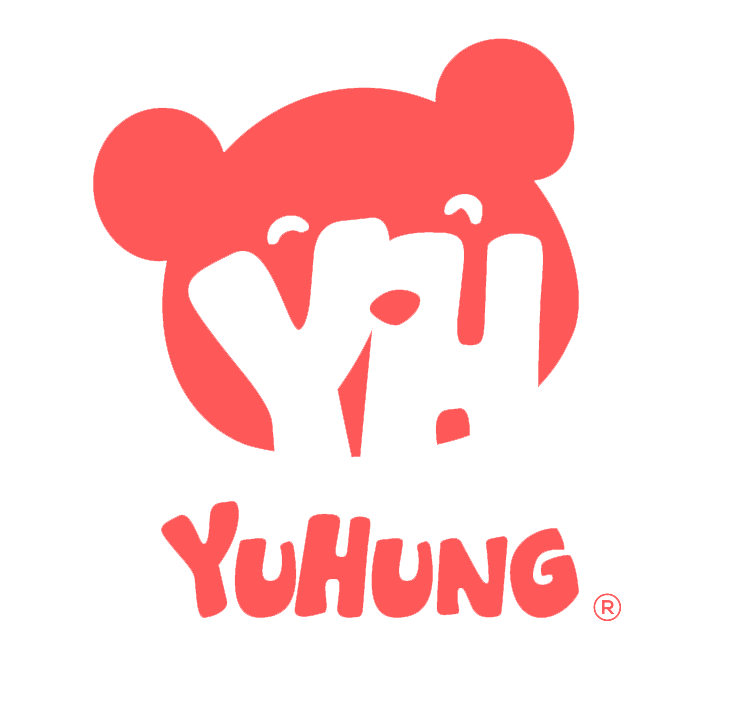
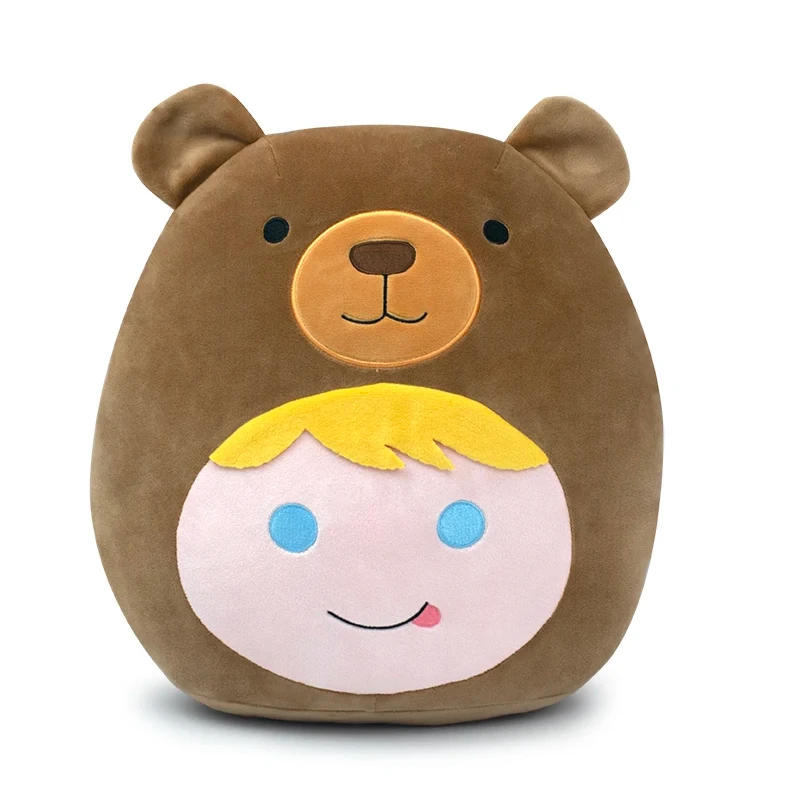
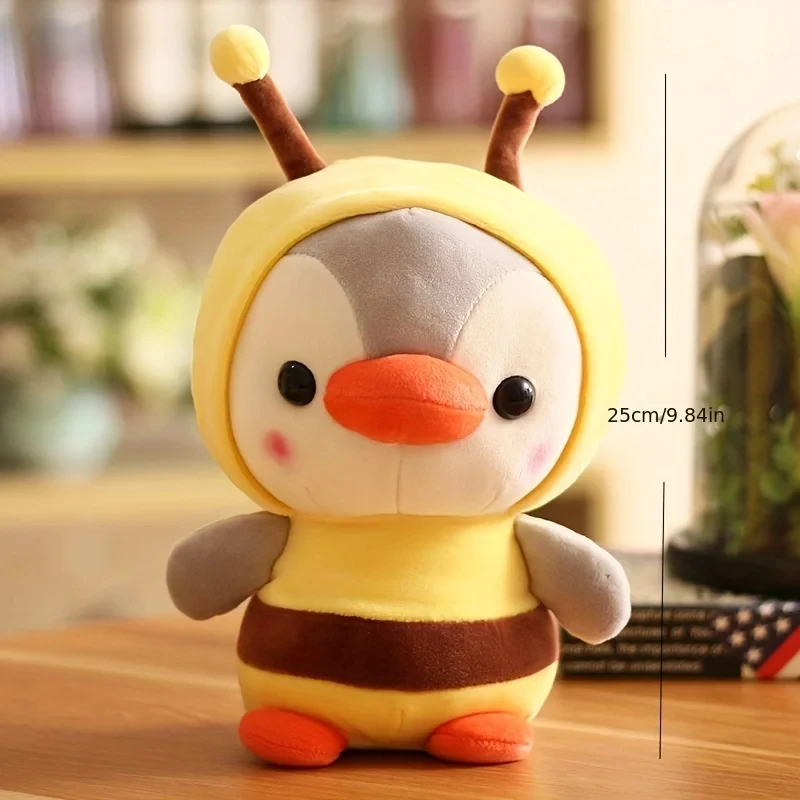
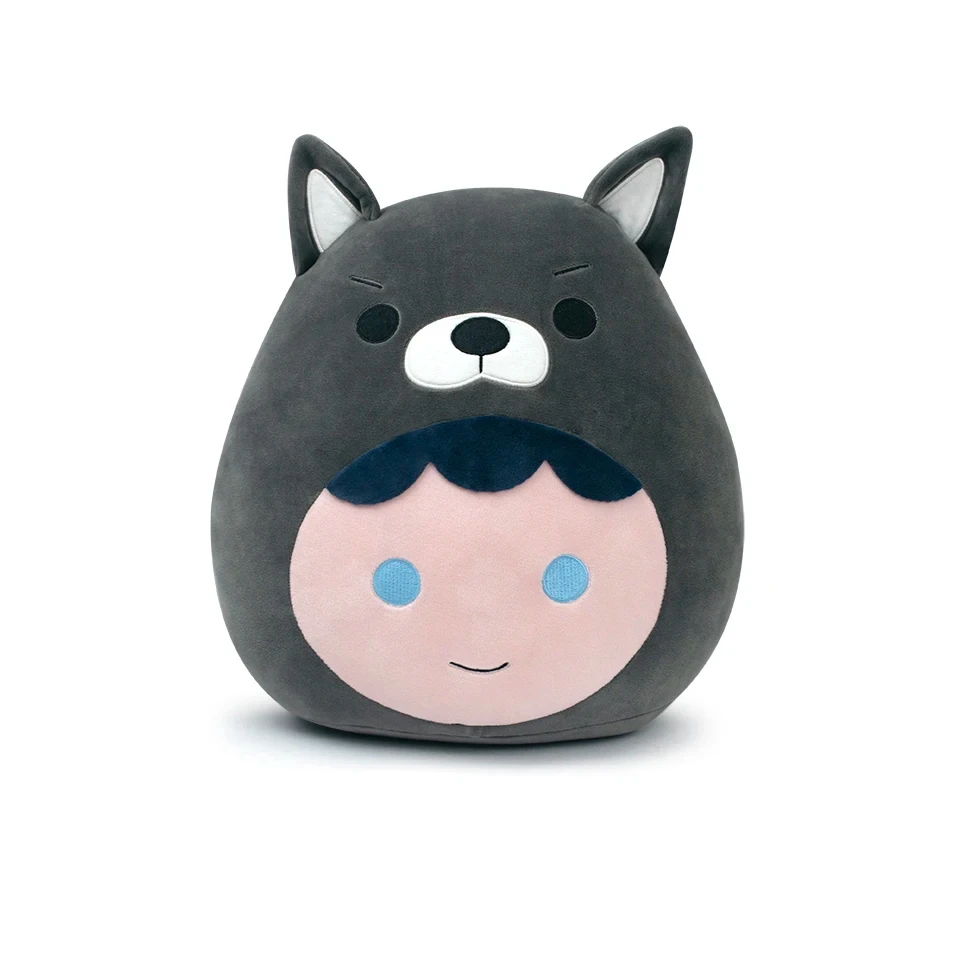
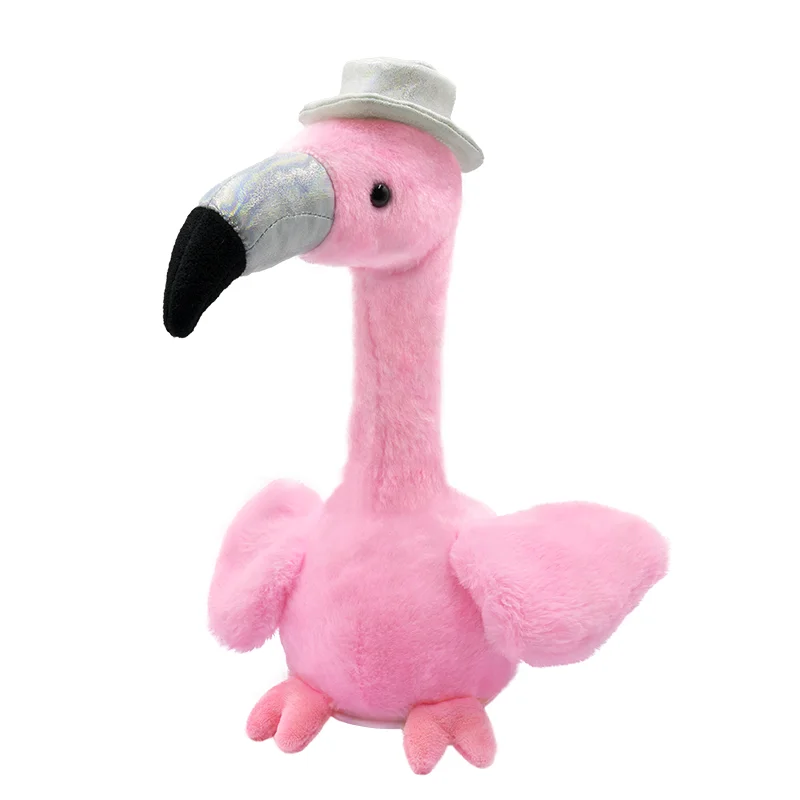
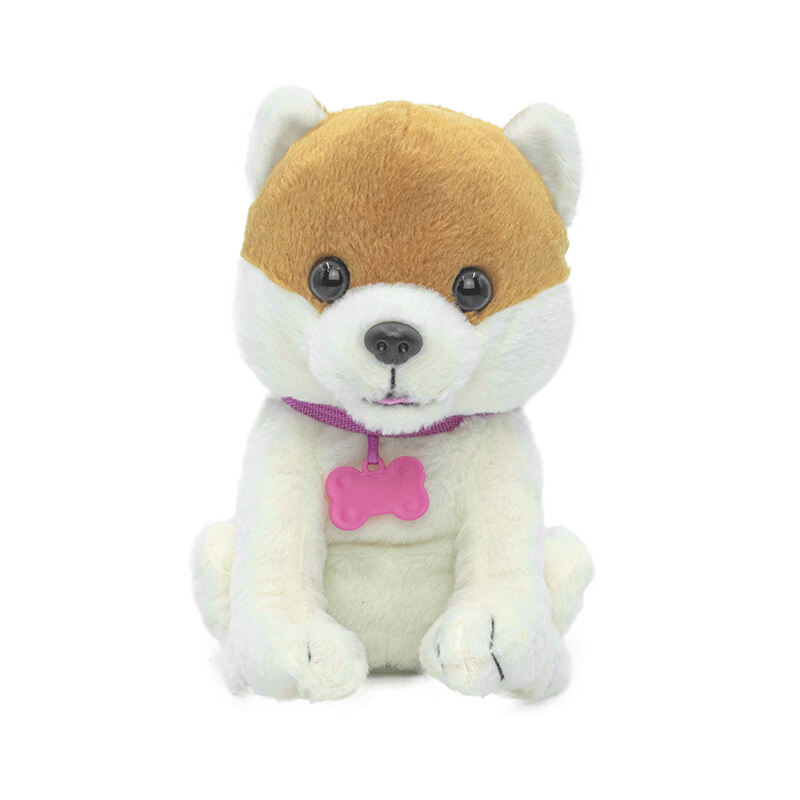
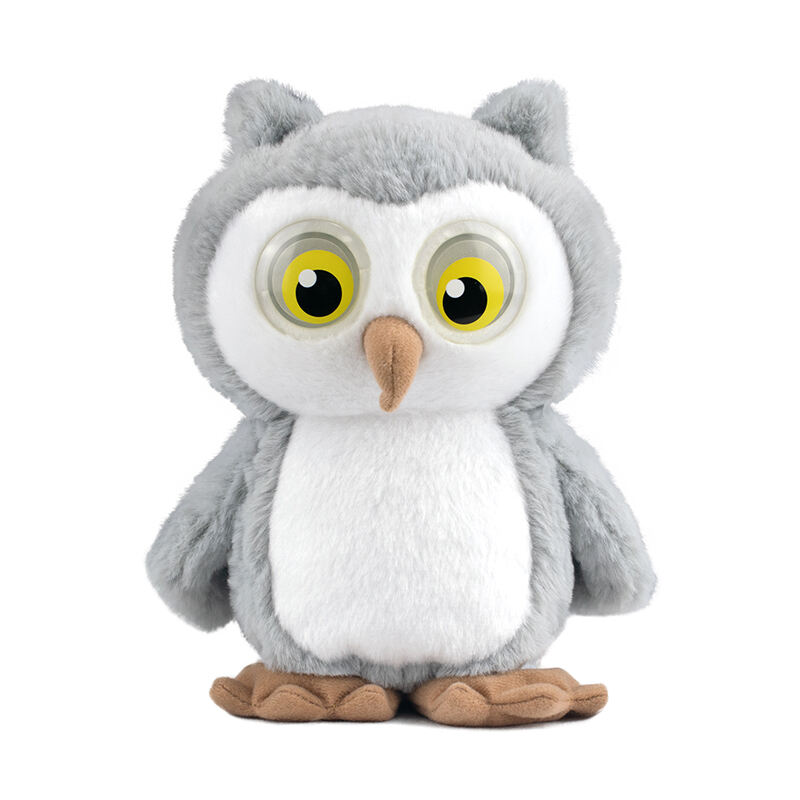
 Hot News
Hot News